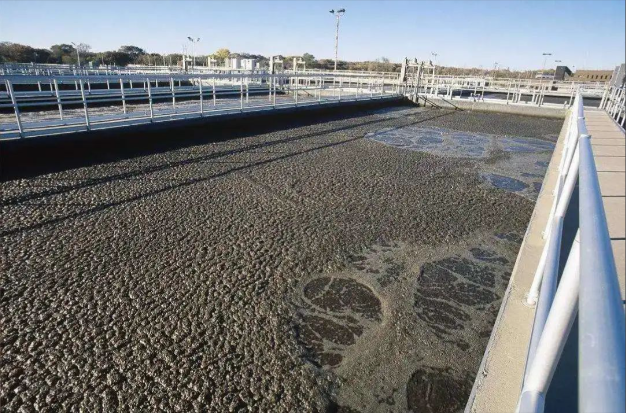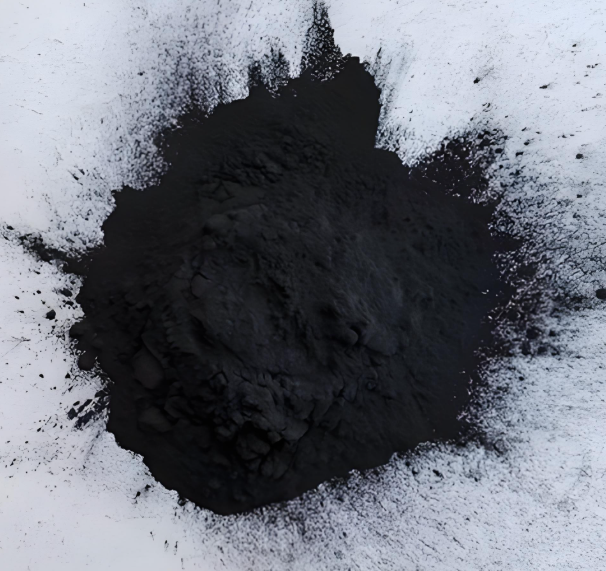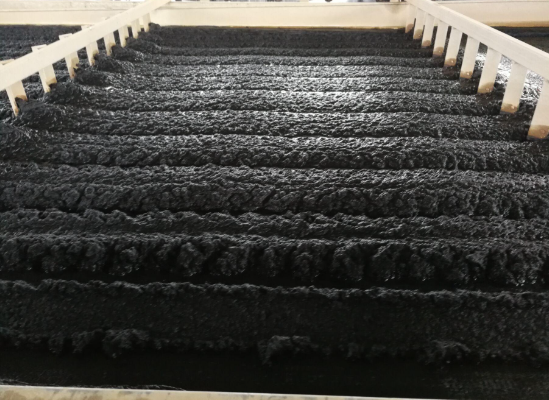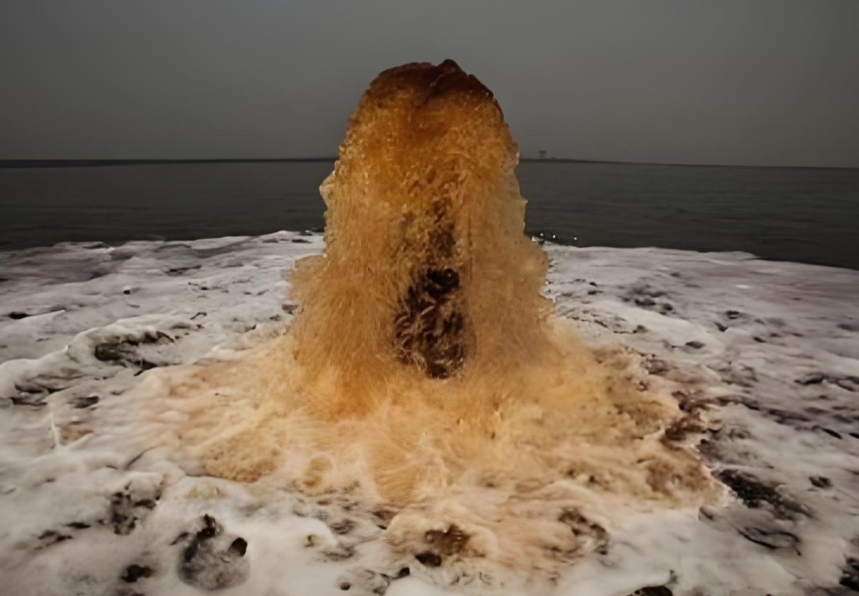Activated carbon and sludge treatment: How to efficiently treat sludge after sewage contact sedimentation
1. The role of powdered activated carbon in sewage treatment
Powdered activated carbon is a substance with strong adsorption capacity. It can effectively remove impurities and organic matter in water and is one of the important materials in sewage treatment. In sewage treatment, powdered activated carbon can adsorb harmful substances in water, such as heavy metals, organic matter, etc., so as to achieve the purpose of purifying water quality.
The main functions of Activated carbon in water treatment are as follows:
1: Removal of color, taste and odor: Powdered activated carbon can effectively remove color, taste and odor in water, especially for water sources containing organic matter, its removal effect is more obvious.
2: Removal of organic pollutants: Powdered activated carbon can adsorb organic pollutants in water, including organic solvents, pesticides, drug residues, etc., so as to achieve the purpose of purifying water quality.
3: Removal of heavy metal ions: Powdered activated carbon can adsorb heavy metal ions in water, such as lead, cadmium, mercury, etc., so as to reduce the harm of these harmful substances to the human body.
4: Removal of chlorine and other residues: Powdered activated carbon can remove chlorine and other residues in water, such as drug residues, chemicals, etc., thereby purifying water quality and improving water safety.
2. Sludge treatment method after sewage contact sedimentation
After sewage contact sedimentation, a large amount of sludge will be generated. If it is not treated, it will cause serious pollution to the environment. Therefore, it is crucial to effectively treat the sludge.
1. Filter pressing method
The filter pressing method is a method of squeezing water out of the sludge by pressure after mixing the sludge with powdered activated carbon. This method can squeeze out the water in the sludge to meet the environmental emission standards, and can also recover useful substances in it, such as phosphates.
2. Hot air drying method
The hot air drying method is a method of drying the sludge at high temperature, which can completely evaporate the water in the sludge to meet the standards of harmless treatment. The advantage of this method is high treatment efficiency, and the dried sludge can also be used as fertilizer, etc.
3. Biological treatment method
Biological treatment method is to treat organic matter in sludge by microbial decomposition, which can decompose organic matter into harmless substances such as carbon dioxide and water to meet environmental emission standards. The advantage of this method is high treatment efficiency, and the decomposed organic matter can also be used as fertilizer, etc.
Adding Activated carbon to the aeration tank can bring the following multiple effects:
1) Improve sedimentation efficiency
Powdered activated carbon can connect with flocculent suspensions, increase density and stability, and thus enhance the sedimentation effect. According to Huto's research, activated carbon plays the role of a precipitant in the PACT system. Similarly, in the system for treating leachate wastewater, the addition of PAC can also improve the sedimentation performance of activated sludge. However, it is worth noting that in order to achieve better sedimentation effect, the appropriate powdered activated carbon particle size needs to be selected according to actual conditions.
2) Enhance the system's ability to resist shock loads
The adsorption capacity of Activated carbon for pollutants is related to concentration. When the concentration is high, the adsorption amount increases; conversely, some adsorbates will return to the solution due to desorption. Therefore, powdered activated carbon can act as a buffer for changes in pollutant concentrations and protect microorganisms, thereby enhancing the system's ability to resist shock loads. For example, when treating wastewater such as leachate, which has fluctuating water quality and quantity and contains toxic substances, the addition of powdered activated carbon can significantly improve the system's ability to resist shock loads, and the system can recover to normal treatment conditions more quickly when subjected to toxic shocks. However, if the bioflocculation capacity is impaired and the biodegradation process is stagnant, even if PAC is added, the sedimentation performance of the sludge cannot be improved.
3) Removal of color, odor and elimination of foaming
Compared with the traditional activated sludge method, PACT can more effectively remove color, odor and eliminate foaming. For example, Wu et al. compared multiple treatment methods and concluded that PACT is the best choice for treating dye wastewater. In addition, when Benedek et al. used the activated sludge method to treat chemical wastewater, they successfully suppressed the foaming phenomenon in the aeration tank after adding PAC. Furthermore, Kincannon et al. found that the addition of PAC to the aeration tank can reduce the odor caused by certain substances in the sewage, such as toluene, which is mainly due to the selective adsorption of activated carbon on aromatic organic matter.
4) Promote the removal of nitrogen from sewage by biological systems
The removal rate of total nitrogen in sewage by traditional activated sludge systems is about 30%, which is easy to cause eutrophication of water bodies. Powdered activated carbon can adsorb some toxic substances and increase the nitrification and denitrification rates of the system.
5) Improve system treatment efficiency
After adding PAC to the activated sludge system, the treatment efficiency will be greatly improved. First, the addition of PAC can prolong the contact time between organic matter and microorganisms, creating opportunities for the biodegradation of some difficult-to-degrade substances; secondly, powdered activated carbon has the characteristics of selectively adsorbing difficult-to-degrade substances (such as lignin, humus, etc.) and toxic substances (phenol, organic chlorides, etc.), and can also effectively adsorb toxic and difficult-to-degrade substances produced by microorganisms themselves to avoid the decline of biological activity. In addition, the addition of powdered activated carbon can also increase the sludge concentration of the system, further improving the treatment efficiency of various wastewater treatment systems.




